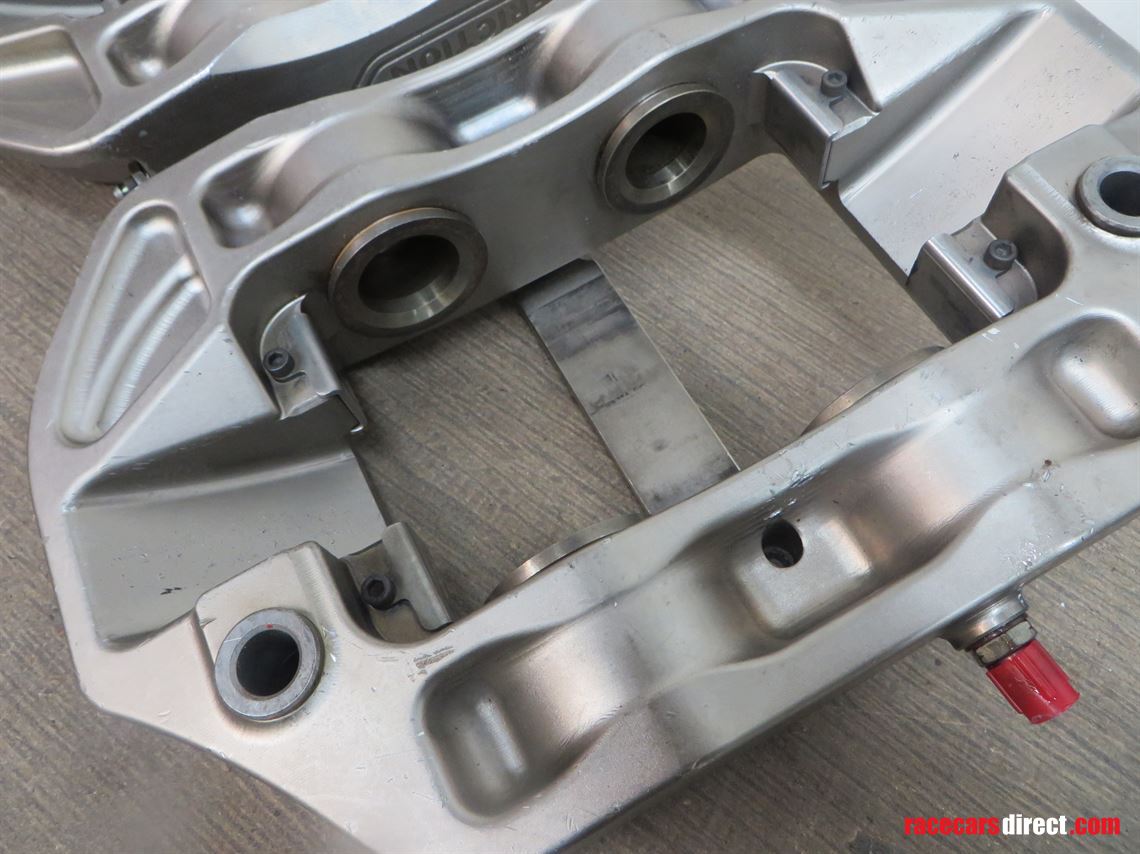
Step 2:-Īpply pressure on the piston using a screwdriver and if the fluid comes out of the valve and the piston starts moving then it is the brake hose that has decomposed. Also, keep in mind that the front and rear brake caliper pistons have different mechanisms.

However, you may have to apply a little pressure using a suitable clamp, or else they may not push back in because of insufficient pressure. You have to clean the dust with a soft brush, or a clean cloth, and your brake caliper pistons might go back in.
#BRAKE CALIPER PISTON HOW TO#
How To Fix The Issue Of Brake Caliper Piston? Hence, these are some basic reasons why the brake caliper piston won’t go back in. Keep turning and pushing till the piston fully retracts. To retract the rear caliper you need to use the wind-back tool to turn and push the piston. Do keep in mind that some calipers turn clockwise and some might turn anti-clockwise so do not forcefully push them in the wrong direction. A simple wind-back tool is used to turn and simultaneously push the rear caliper pistons inwards. Rear calipers do not easily get pushed inside, the piston has to be turned and pushed in. To determine if you are facing this issue, you need to open and check the fluid reservoir and with the help of a screwdriver, proceed to push the brake piston downwards. For the smooth movement of floating or sliding, bushings and pins are used within the caliper. The simple distinction between these two is quite crucial and straightforward. Usually, expensive and classic or limited edition cars have fixed calipers installed in them. However, inactivity or driving it on rainy days can lead to corrosion, resulting in caliper pistons seizing.Ī binding brake caliper applies to the floating type of calipers that are installed in most cars these days. When you use your car regularly, the chances of rusting are quite less. Any amount of rusting of the piston boot will affect the ability of the caliper piston to move back. Rust or corrosion often limits the brake calipers from operating correctly. The brake caliper pistons can get seized when you leave your vehicle unused for several months. If your brake caliper piston does not compress, a corroded or seized caliper piston might be the reason.

The main functionality of the brake hose is to enable the effective flow of the brake fluid to the braking system and then back to the master cylinder.

Brake hoses handle a lot of pressure from the pressurized brake fluid and over time they start to break internally. Over time the pistons get covered with soot or dust and may get stuck.Īnother reason why a brake caliper piston won’t go back in is because of a worn-out brake hose. Brake Dust:-īrake pads release dust when they rub against the rotors. There are a variety of reasons why brake caliper pistons won’t go back in. Brake pads need to be replaced whenever they are worn out and there is a good chance that you might have to face stuck brake pistons while replacing the pads. The calipers move back to their original position as soon as the brake pedal is released. Reasons Behind Brake Caliper Piston Won’t Go Back In?


 0 kommentar(er)
0 kommentar(er)
